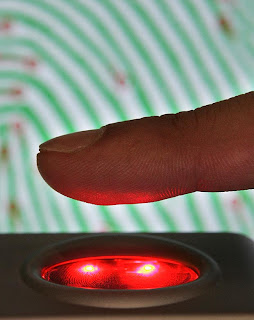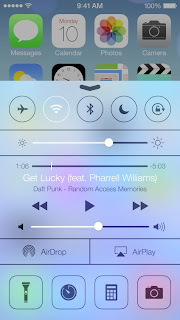Apple Live News
Samsung trumps Apple sparking calls for low-cost iPhone
Samsung has taken
Apple's crown as the world's most profitable mobile handset vendor, according to new research, as analysts called on Apple to release a low-cost version of the iPhone to boost its global growth.
Samsung's operating profit for its handset division stood at $5.2 billion in the second quarter of 2013, according to research firm Strategy Analytics, compared to Apple's estimated iPhone operating profit of $4.6 billion. It marks the first time the Korean firm has overtaken its U.S. rival.
"Apple's reign as the world's most profitable handset vendor lasted almost four years, from [the third quarter of] 2009 to [the first quarter of] 2013," Neil Mawston, the executive director at Strategy Analytics, said on Friday. "Apple's profit margin for its handset division has been fading recently due to lackluster iPhone 5 volumes and tougher competition from rivals."
Samsung continued to dominate global mobile shipments, the research firm said, shipping 107 million phones worldwide in the second quarter - a 15 percent increase on the same quarter last year. This gave the company a 28 percent market share, solidifying its first-place lead. Apple's shipments increased by 20 percent to 31.2 million from last year, ranking it in third place in terms of global market share, behind Nokia.
When looking at just smartphones, the news was a gloomier for Apple, with its global market share decreasing to 13.6 percent from 16.6 percent in the second quarter of 2012, according to the research. By comparison, Samsung,
LG,
ZTE and Huawei all increased their market share of smartphone shipments.
Strategy Analytics' statistics were backed up by data from the International Data Corporation (IDC), also released on Friday. Apple posted its second-lowest year-on-year iPhone growth rate in almost four years, according to IDC, which said some buyers may have held off from buying iPhones in anticipation of an expected next-generation device launch this Fall.
Both IDC and Strategy Analytics urged Apple to launch a lower cost iPhone to accelerate global growth and continue to penetrate prepaid markets in the quarters to come.
"Apple's share of the mobile phone market is struggling to break through the 10 percent ceiling into double figures, and it will only be able to achieve this on a sustainable basis if it adds new iPhone models at lower price-points or with bigger screens in the future," Strategy Analytics' Mawston said.
"The current iPhone portfolio is under-performing and Apple is at risk of being trapped in a pincer movement between rival 3-inch Android models at the low-end and 5-inch Android models at the high-end."
Steven Pelayo, regional head of technology research for Asia-Pacific at HSBC, told CNBC there had been a lot of speculation about a low cost iPhone which – if it comes - could make up the majority of the fourth-quarter shipments for Apple.
"They really do need to have a low-cost product… with a plastic case, instead of a metal one, [and] some other ways to save some cost there," he said on Wednesday.
More broadly, the global smartphone market posted its highest annual growth rate in five quarters, according to IDC. Vendors shipped 237.9 million units in the second quarter, compared with 156.2 million units in the same quarter of 2012 – an increase of over 50 percent.
"The smartphone market is still a rising tide that's lifting many ships," Kevin Restivo, senior research analyst at IDC, said on Friday. "Though Samsung and Apple are the dominant players, the market is as fragmented as ever. There is ample opportunity for smartphone vendors with differentiated offerings."
The mobile phone market as a whole grew 6 percent year on year in the second quarter of 2013, IDC added.
—By CNBC.com's Matt Clinch. Follow him on Twitter










